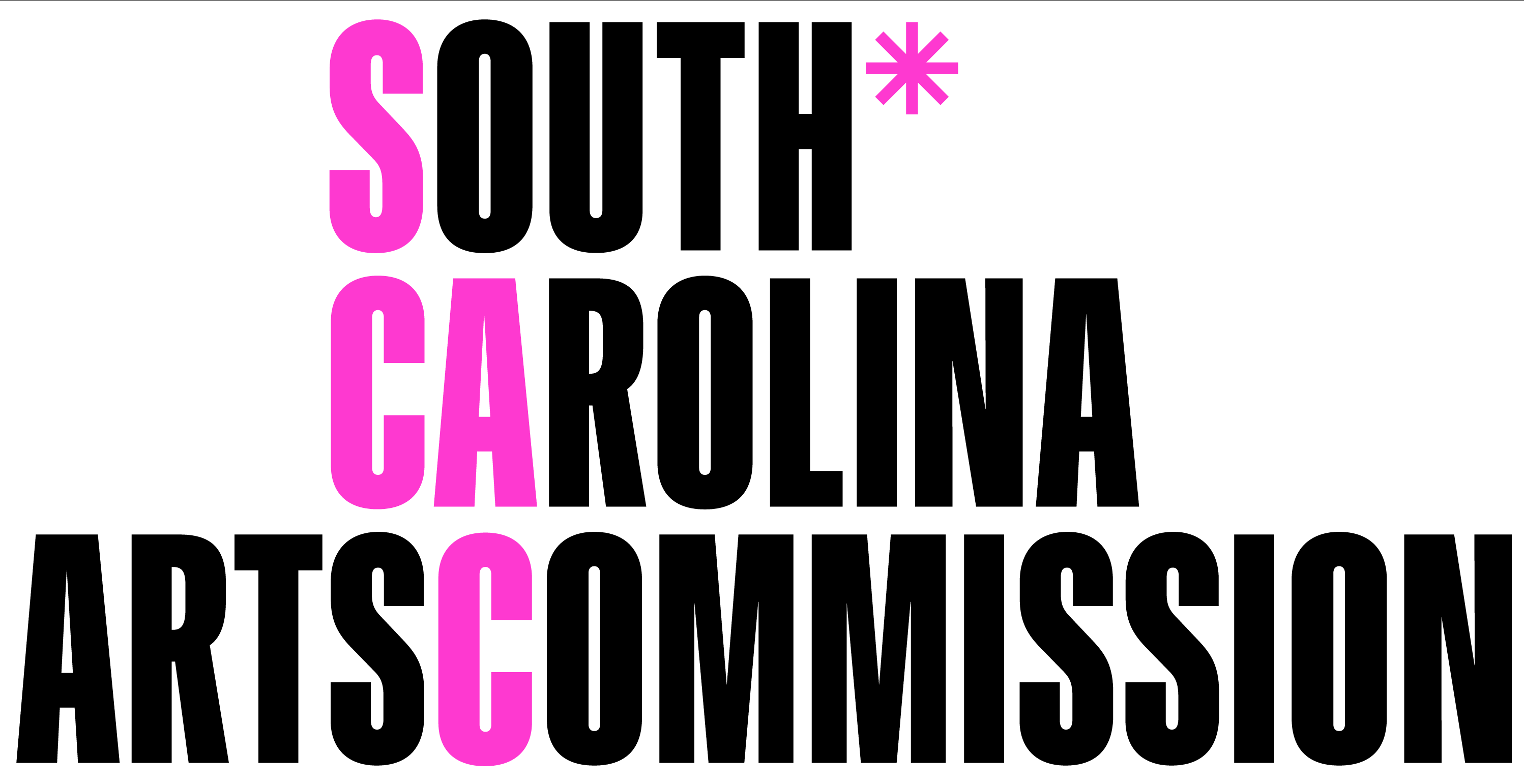May 24 – August 31, 2025
Sam Gilliam (1932 – 2022) was one of the great innovators in postwar American painting. Early in his career, he made clean-edged abstractions in line with the Washington Color School painters. He gradually loosened up his style, soaking or pouring colors directly onto his canvases and folding them before they dried — a technique that creates accordion lines and a deep sense of texture. Around 1965, Gilliam made his greatest stylistic innovation: He got rid of the stretcher bars that traditionally underpin a painting and draped his canvases from the wall like sheets from a clothesline.
Gilliam began his printmaking in the 1970s. He would occasionally use traditional techniques such as screen printing but would also take his prints back to the studio to cut them apart and stitch them back together with a heavy nylon filament, resulting in a series of highly innovative and unique works.
In 1972 he became the first Black artist to represent the United States at the Venice Biennale and his work is represented in the collections of the Museum of Modern Art, New York; the Phillips Collection, Washington, D.C.; the Kunstmuseum, Basel; and many others — including the CMA.
This exhibition features 37 of Gilliam's finest prints created between 1972 and 2009, from the Michael K. and Marian E. Butler Collection of Miami, Florida. It is organized by Landau Traveling Exhibitions, Los Angeles, CA, in association with the Griots Gallery, Miami, FL.
Image above:
For Xavier, 1990
Serigraph, 32 1/5 x 40 1/8 in.
© 2024 Estate of Sam Gilliam / Artists Rights Society (ARS), New York





